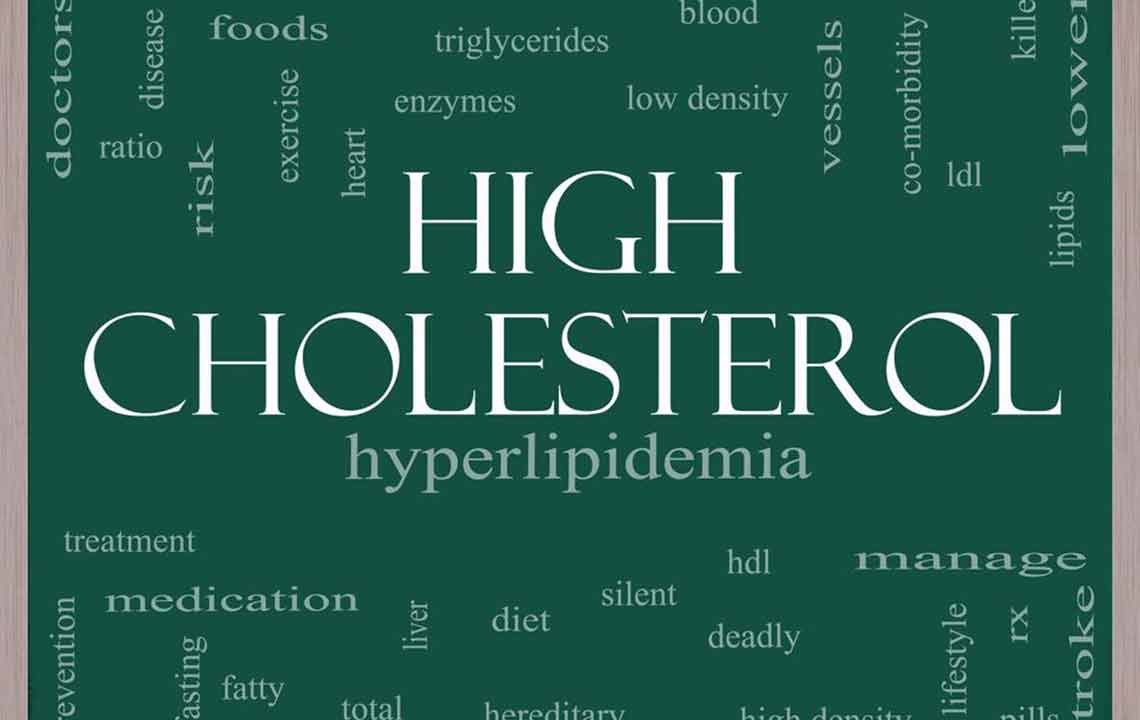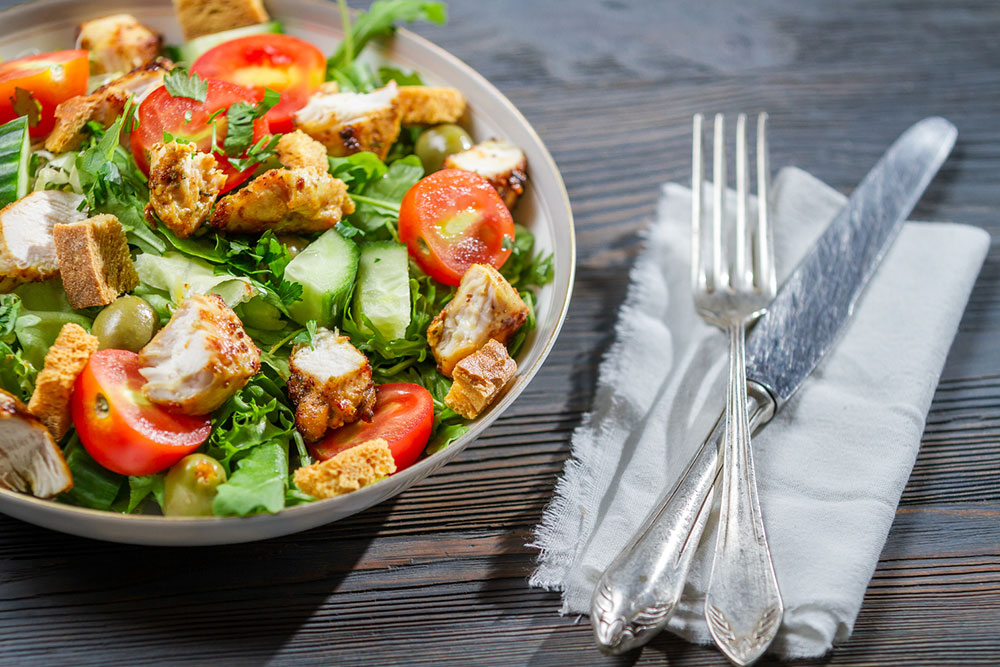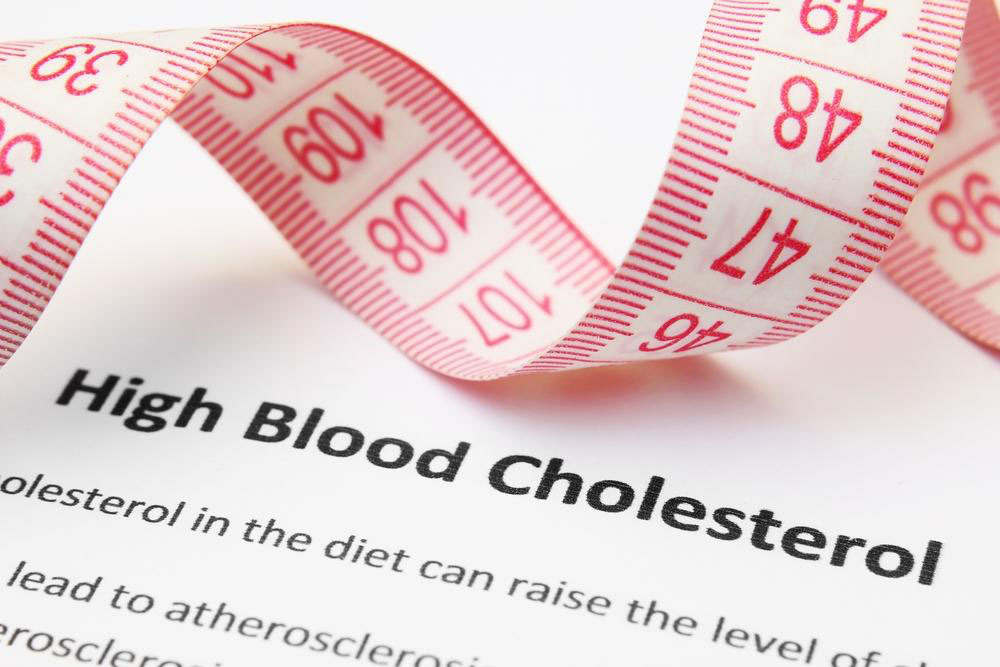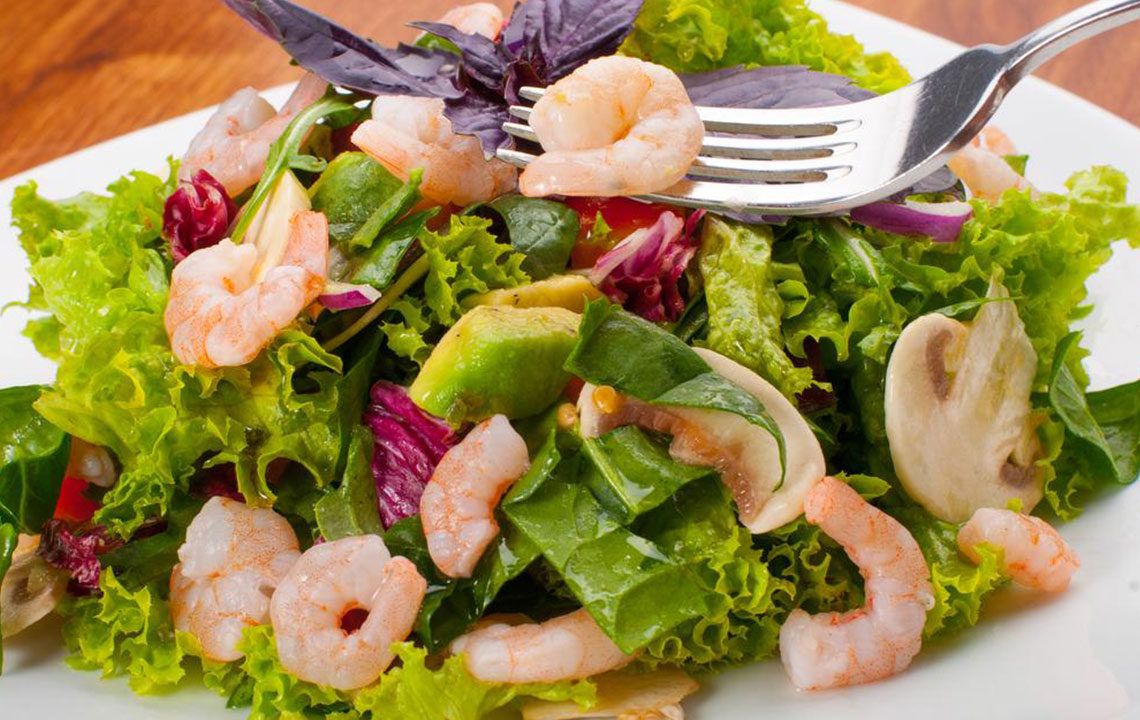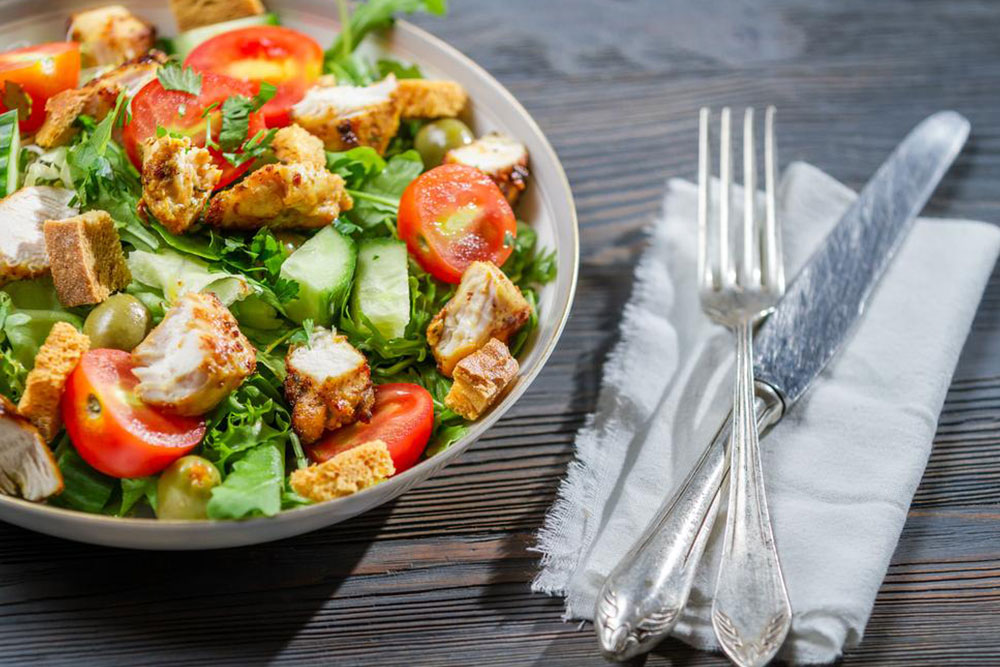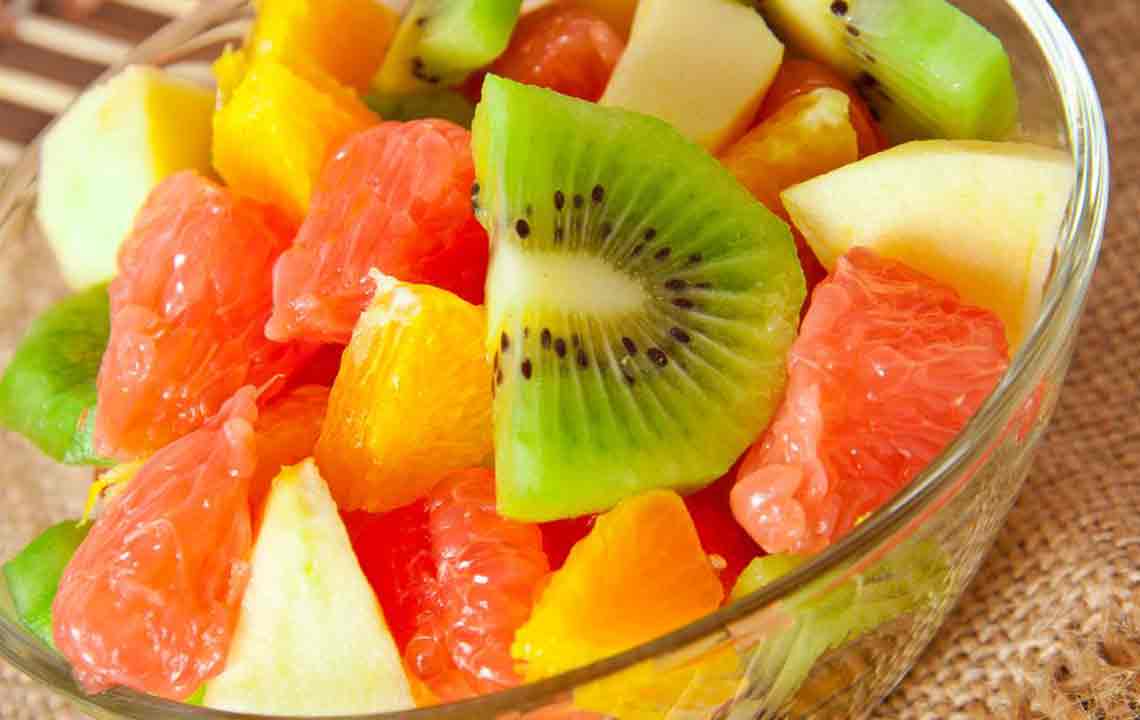Effective Strategies to Increase Your Good Cholesterol (HDL)
Learn practical strategies to boost your good cholesterol (HDL) levels through diet, exercise, and lifestyle changes. Discover key foods like nuts, oily fish, and olive oil that support heart health. Maintaining a healthy balance of cholesterol types reduces the risk of heart disease and stroke, promoting overall cardiovascular well-being.
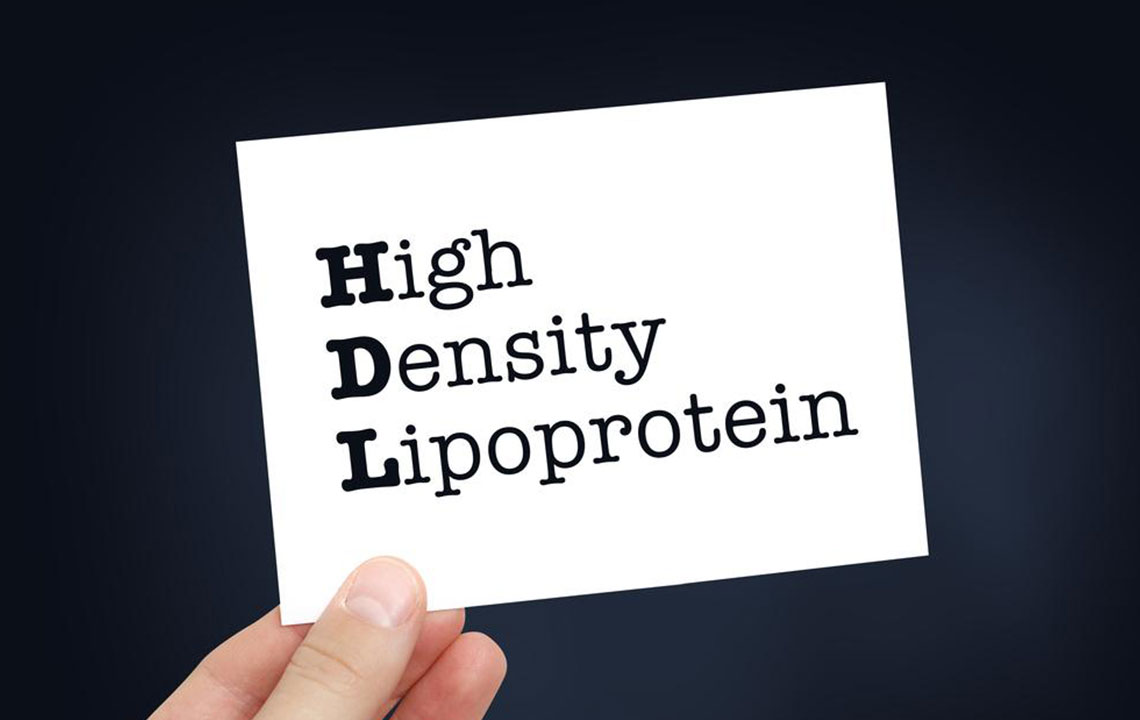
Effective Strategies to Increase Your Good Cholesterol (HDL)
Many people mistakenly believe that all cholesterol is harmful. In reality, fats are essential for the body's metabolic processes. Not all cholesterol is detrimental; it depends on the type and source. While consuming fats, some cholesterol is naturally present, but high levels of bad cholesterol (LDL) can harm your heart. Achieving optimal cholesterol involves maintaining higher HDL (good cholesterol) than LDL levels through a nutritious diet and active lifestyle.
Understanding Cholesterol Types
HDL (High-Density Lipoprotein) is beneficial cholesterol essential for health. Elevated HDL levels help reduce LDL and lower risks of heart disease and stroke. Doctors typically monitor HDL first during blood tests; a higher HDL proportion indicates better cardiovascular health. Multiple studies link low HDL to increased heart risks.
LDL (Low-Density Lipoprotein) is the harmful type, causing plaque formation along artery walls, leading to blockages and potential heart attacks. Elevated LDL levels significantly increase heart disease risk. Dietary adjustments and physical activity can effectively reduce LDL levels.
Triglycerides are the most common fat in the body, stored from excess calories. High triglycerides, combined with low HDL and high LDL, can contribute to cardiovascular issues.
Cholesterol and Heart Health Excess cholesterol deposits in arteries form thick plaques, narrowing blood flow and increasing the risk of heart attack. Managing cholesterol levels by reducing triglycerides and LDL while boosting HDL is crucial for heart health.
Dietary Recommendations A diet low in saturated fats and simple sugars helps control LDL levels. Increasing fiber and plant sterols can further lower bad cholesterol. Consuming heart-healthy foods, like nuts, fatty fish, and olive oil, can naturally enhance HDL levels due to their anti-inflammatory properties.
Foods to Support HDL Improvement
Nuts: Almonds, walnuts, hazelnuts, pistachios, and peanuts are rich in healthy fats that boost HDL levels.
Seafood: Consuming fatty fish such as salmon, mackerel, and tuna twice weekly provides Omega-3 fats that support heart health. Flaxseeds and hemp seeds are good plant-based sources too.
Olive Oil: A staple in Mediterranean diets, it is high in unsaturated fats that elevate HDL and reduce heart disease risks.
Avocado: Despite being high in fats, avocados contain healthy fats that can improve cholesterol balance, ideal for spreads or substitutions.
Oatmeal: Rich in soluble fiber, oatmeal aids in increasing HDL and promoting overall heart health.
Alongside diet, regular exercise plays a key role in raising HDL. Aim for at least 30 minutes of cardio activity five times weekly to maintain optimal levels and keep your heart healthy.
Note:
Our blog offers diverse insights and practical health advice derived from extensive research. However, these articles should not be considered definitive medical guidance. Always consult healthcare professionals for personalized advice. The website is not responsible for inaccuracies or discrepancies across different information sources. Additionally, some offered schemes and benefits might vary or be unavailable locally.

